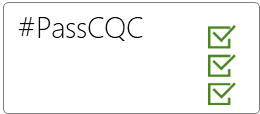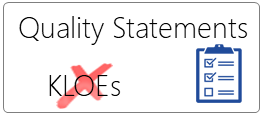Steps 1-5 were the easy bits. Setting up the rules is one thing, but putting these into practice is time consuming and can be challenging as you will be dealing with staff of varying abilities and attitude.
What we want to achieve:-
- Ensure that every member of staff is covered.
- Staff has the opportunity to have repeat training if they don’t understand.
- That staff actually understand the content, and not just attending as a tick box exercise.
- Create “champions” in the team whom the staff can go to at any time. Might just be one person in a smaller organisation.
- Teach them how to teach. If they can teach others, generally they must have understood the subject well, and it saves you time.
- Rotate jobs, even for short periods, so staff learns how everyone’s jobs fit together and broadens their knowledge and understanding.
Types of training:-
- Informal one to one meetings.
- Structured one to one training.
- Briefs at staff meetings.
- Structured training at staff meetings.
- External courses.
- Vocational training
- Recognised qualifications.
- Online training.
- In job training.
Evidence of training - Make sure you keep evidence of who was trained and when. As well as being able to prove that training was carried out, nothing speaks louder than the impact it has on improving performance. One training session with demonstrable evidence of improvement is more powerful than 10 sessions with no improvement.
Types of evidence:-
- Names and dates of attendances
- Acknowledgement of attendance by trainee
- Feedback on what they learned




